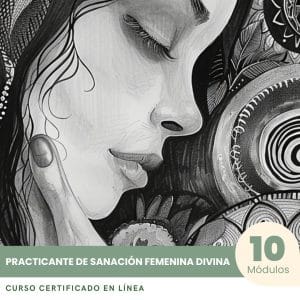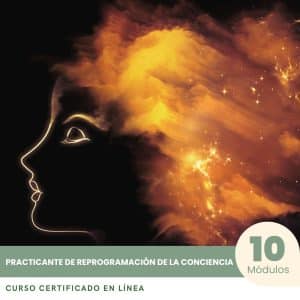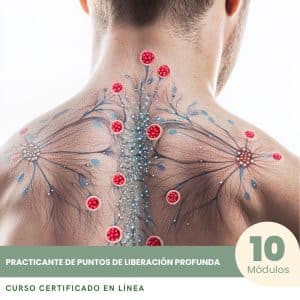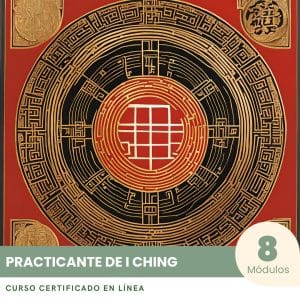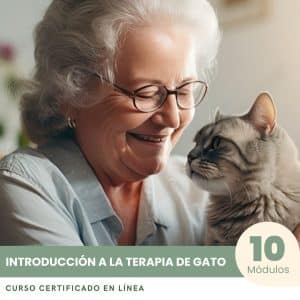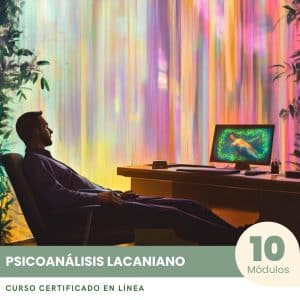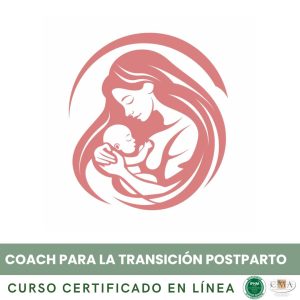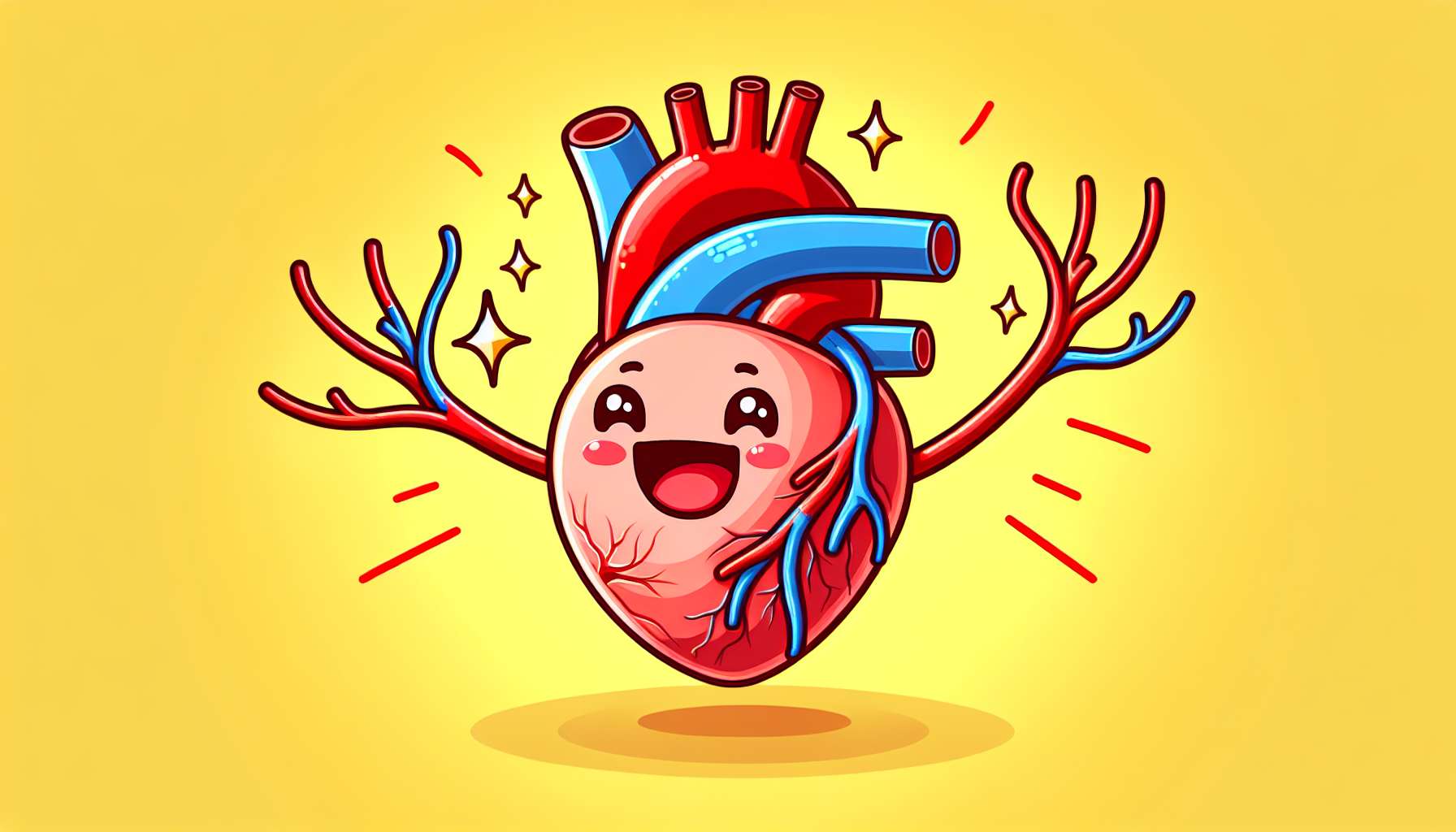
Laughter is much more than a simple expression of joy and amusement. It is a true ally for our cardiovascular health. Scientific studies have shown that regular laughter significantly improves blood circulation and tissue oxygenation. Indeed, when we laugh, our heart rate increases and our blood pressure temporarily increases. This leads to a dilation of the blood vessels and promotes better blood flow throughout the body, including the heart and brain.
This cardiovascular stimulation induced by laughter is similar to moderate physical exercise. Researchers from the University of Maryland have even compared the effects of a laughter session to those of 15 to 20 minutes on a stationary bike in terms of improving endothelial function, which is a key marker of vascular health. Laughter activates the production of nitric oxide, a molecule that relaxes the walls of blood vessels and prevents the formation of clots and atheroma plaques.
Beyond these immediate effects, regular laughter helps to permanently reduce blood pressure and the risk of cardiovascular diseases. A study conducted on hypertensive patients showed that partaking in weekly laughter yoga sessions for 3 months significantly reduced their systolic and diastolic blood pressure, as well as their cortisol levels, the stress hormone.
Laughter also acts as a natural painkiller for the heart. In patients who had suffered a myocardial infarction, integrating laughter into their cardiac rehabilitation program helped to reduce chest pain and improve their quality of life. The endorphins released during laughter have an analgesic and euphoric effect that helps better manage pain and post-infarction stress.
But the cardiovascular benefits of laughter do not stop there. Laughter also strengthens our endurance to physical effort. A study showed that students who laughed for 15 minutes before a treadmill stress test had better cardiorespiratory performance and faster recovery than those who remained serious. Laughter seems to “warm up” the heart and prepare it for exercise, while reducing the perception of effort.
Finally, laughter contributes to the prevention of cardiac rhythm disorders. Researchers have observed that people who laugh frequently have a higher heart rate variability, which is a sign of a healthy and responsive heart. Conversely, low variability is associated with an increased risk of arrhythmia and sudden death. By stimulating the parasympathetic nervous system, laughter helps the heart better adapt to stress and rhythm changes.
Integrating more laughter into our daily lives, whether spontaneously or through techniques like rigology, is therefore a wonderful way to take care of our hearts and vascular system. And what if a burst of laughter a day kept the cardiologist away for good? It’s certainly a joyful prescription with no side effects that we would all benefit from embracing!
Points to remember:
– Laughter is beneficial for cardiovascular health. It improves blood circulation and tissue oxygenation by dilating blood vessels.
– Regular laughter is equivalent to moderate physical exercise. A laughter session provides benefits comparable to 15-20 minutes of stationary biking for endothelial function.
– Laughter triggers the production of nitric oxide, a molecule that relaxes blood vessels and prevents the formation of clots and atheroma plaques.
– Weekly laughter yoga sessions for 3 months significantly reduce blood pressure and cortisol levels in hypertensive patients.
– In patients who have suffered a heart attack, laughter reduces chest pain and improves their quality of life due to the release of endorphins.
– Laughing before physical exertion improves cardiorespiratory performance, recovery, and reduces the perception of effort.
– High frequency of laughter is associated with better heart rate variability, indicative of a healthy heart. Laughter stimulates the parasympathetic nervous system and helps the heart adapt to stress.
👉 To download docx (Editable) file click here : Click here
👉 To download PDF file click here : Click here
👉 To download MP3 file click here : Click here
